Pauls Stradiņš Museum of the History of Medicine
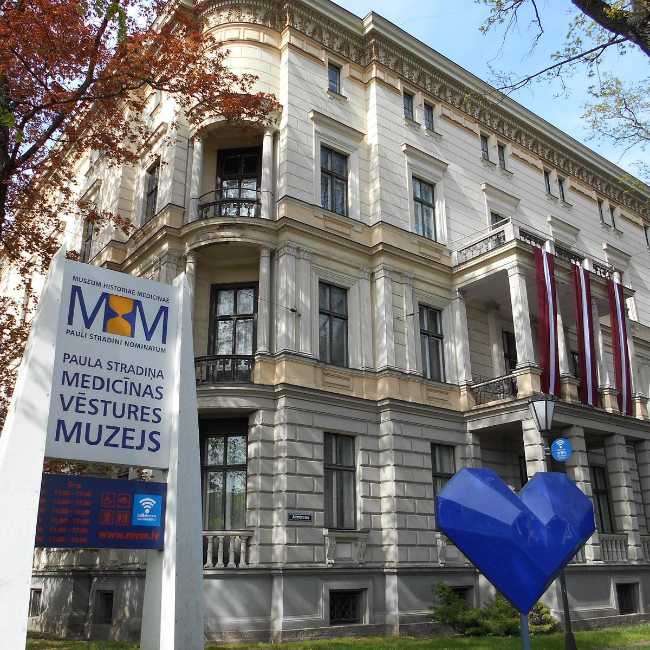
The Pauls Stradiņš Museum of the History of Medicine in Riga is one of the world’s largest institutions dedicated to healthcare heritage, charting the evolution of medicine from ancient times to the present with a special focus on Latvia. Founded on the vast personal collection of eminent surgeon and oncologist Pauls Stradiņš, the museum opened in 1961 in a neo‑Renaissance building on Antonijas iela. Its exhibitions span surgical instruments, rare medical texts, anatomical models, and unique artefacts such as a Dresden‑made “glass person” and early artificial circulation devices. Displays explore global medical traditions alongside local innovations, revealing how science, culture, and politics have shaped the healing arts. Stradiņš’ vision was to inspire learning and preserve the stories of medical progress, and the museum continues this mission through research, education, and an ever‑growing collection that offers visitors a compelling journey through the intertwined history of medicine and humanity.
Riga LatviaThe Pauls Stradiņš Museum of the History of Medicine is located at 1 Antonijas iela, Riga, in a neo-Renaissance building designed by architect Heinrich Scheel in 1875. The museum traces the development of medicine and pharmacology from ancient times, showcasing a vast collection of over 203,000 items including medical instruments, models, and pharmaceuticals. It covers significant milestones in Latvian and world medical history, featuring exhibits on medieval hospital care, scientific breakthroughs, folk healing, and even space medicine. The museum is situated near Kronvalda Park and within walking distance of Riga’s Old Town, making it easily accessible for visitors exploring cultural landmarks, theaters, and bustling city streets nearby. Public transport options serve the area well, connecting the museum to various parts of Riga. The engaging exhibits offer a deep dive into the evolution of medical science, making the museum a key destination for both history and science enthusiasts.
 Museum of the Occupation of Latvia
Riga
Museum of the Occupation of Latvia
Riga
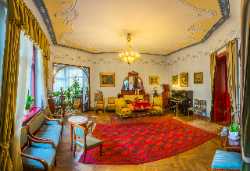 Art Nouveau Museum
Riga
Art Nouveau Museum
Riga
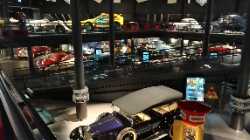 Riga Motor Museum
Riga
Riga Motor Museum
Riga
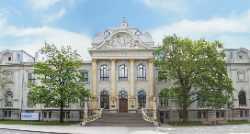 Latvian National Museum of Art
Riga
Latvian National Museum of Art
Riga
 Latvian National Opera and Ballet
Riga
Latvian National Opera and Ballet
Riga
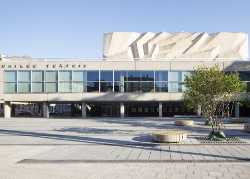 Daile Theatre
Riga
Daile Theatre
Riga
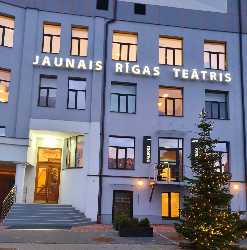 New Riga Theatre
Riga
New Riga Theatre
Riga
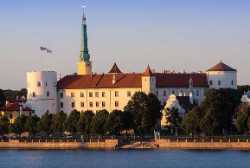 Riga Castle
Riga
Riga Castle
Riga
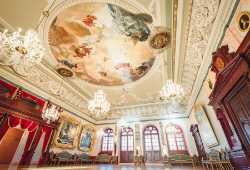 House of the Blackheads
Riga
House of the Blackheads
Riga
 Bastejkalns Park
Riga
Bastejkalns Park
Riga
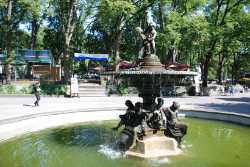 Vērmanes Garden
Riga
Vērmanes Garden
Riga
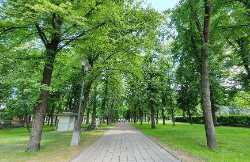 Esplanade Park
Riga
Esplanade Park
Riga
 Botanical Garden of the University of Latvia
Riga
Botanical Garden of the University of Latvia
Riga
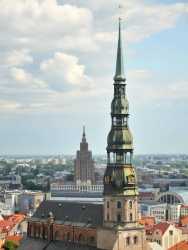 St. Peter's Church Tower
Riga
St. Peter's Church Tower
Riga
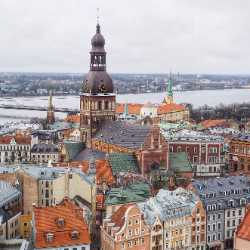 Riga Cathedral Tower
Riga
Riga Cathedral Tower
Riga
 Rātslaukums
Riga
Rātslaukums
Riga
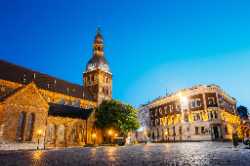 Dome Square
Riga
Dome Square
Riga
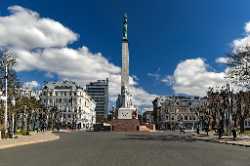 Freedom Monument Square
Riga
Freedom Monument Square
Riga
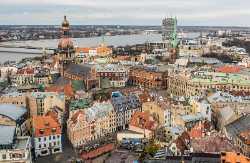 Riga Old Town
Riga
Riga Old Town
Riga
 Rīgas Centrāltirgus
Riga
Rīgas Centrāltirgus
Riga
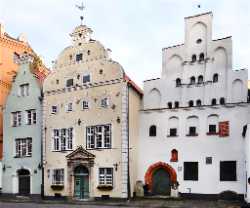 Three Brothers
Riga
Three Brothers
Riga
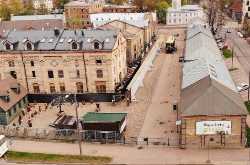 Riga Ghetto and Latvian Holocaust Museum
Riga
Riga Ghetto and Latvian Holocaust Museum
Riga
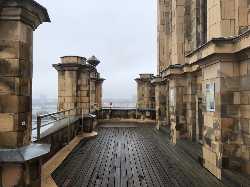 Latvian Academy of Sciences Observation Deck
Riga
Latvian Academy of Sciences Observation Deck
Riga
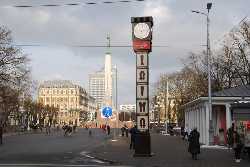 Laima Clock
Riga
Laima Clock
Riga
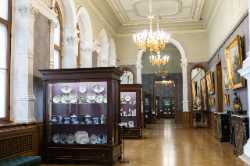 Art Museum Riga Bourse
Riga
Art Museum Riga Bourse
Riga
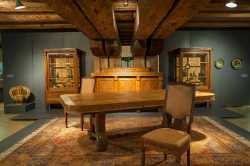 Museum of Decorative Arts and Design
Riga
Museum of Decorative Arts and Design
Riga
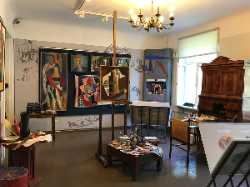 Romans Suta and Aleksandra Beļcova Museum
Riga
Romans Suta and Aleksandra Beļcova Museum
Riga
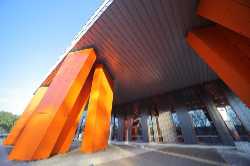 Museum Storage Facility and Forest of Sculptures
Riga
Museum Storage Facility and Forest of Sculptures
Riga
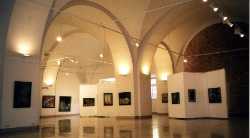 Art Museum Arsenāls
Riga
Art Museum Arsenāls
Riga
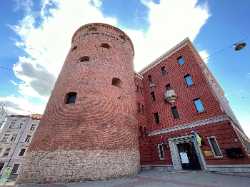 Latvian War Museum
Riga
Latvian War Museum
Riga
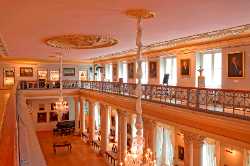 Museum of the History of Riga and Navigation
Riga
Museum of the History of Riga and Navigation
Riga
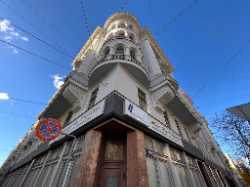 The Corner House
Riga
The Corner House
Riga
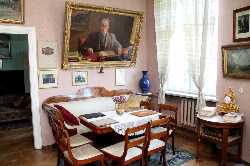 Andrejs Upīts’ Memorial Museum
Riga
Andrejs Upīts’ Memorial Museum
Riga
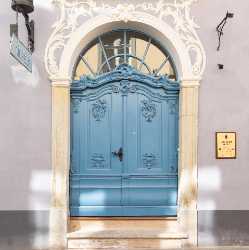 Latvian Museum of Pharmacy
Riga
Latvian Museum of Pharmacy
Riga
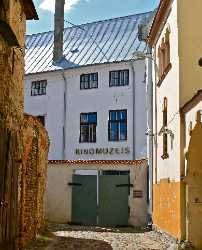 Latvian Film Museum
Riga
Latvian Film Museum
Riga
 The Ethnographic Open-Air Museum of Latvia
Riga
The Ethnographic Open-Air Museum of Latvia
Riga
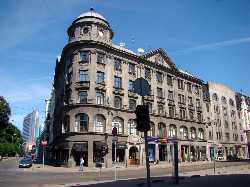 Krišjānis Barons Memorial Museum
Riga
Krišjānis Barons Memorial Museum
Riga
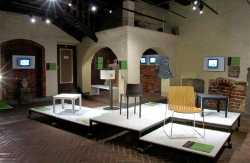 Latvian Museum of Architecture
Riga
Latvian Museum of Architecture
Riga
 Latvian Museum of Natural History
Riga
Latvian Museum of Natural History
Riga
 Latvian Museum of Photography
Riga
Latvian Museum of Photography
Riga
 Latvian Railway History Museum
Riga
Latvian Railway History Museum
Riga
 Riga Aviation Museum
Riga
Riga Aviation Museum
Riga
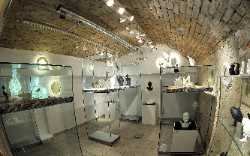 Riga Porcelain Museum
Riga
Riga Porcelain Museum
Riga
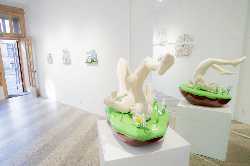 LOOK! Art Gallery
Riga
LOOK! Art Gallery
Riga
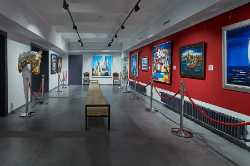 Art Platz
Riga
Art Platz
Riga
 Digital Art House
Riga
Digital Art House
Riga
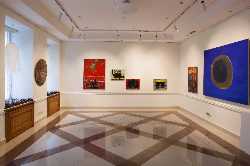 MuseumLV Gallery
Riga
MuseumLV Gallery
Riga
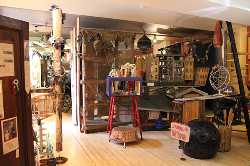 Planetarium at Science Centre Tehnoannas pagrabi
Riga
Planetarium at Science Centre Tehnoannas pagrabi
Riga